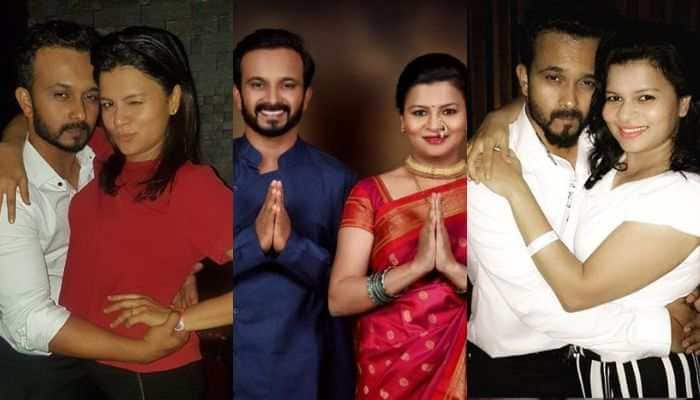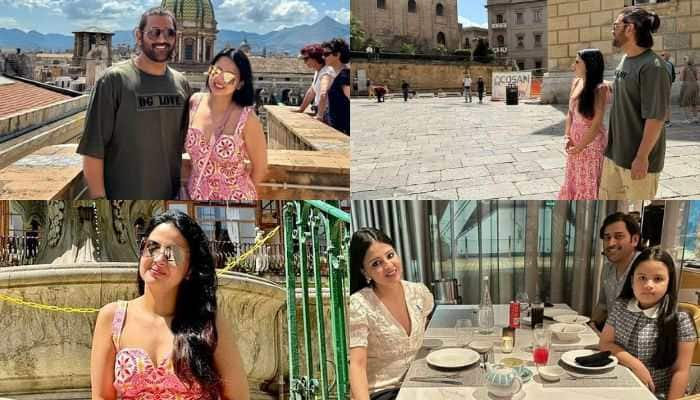Martyred jawans paid price: Rahul Gandhi continues attack on Centre over Galwan valley face-off
Congress leader Rahul Gandhi, who turned 50 on Friday (June 19), sharpened attack on the Narendra Modi-led central government over the recent violent face-off at Gulwan Valley in eastern Ladakh in which 20 Indian soldiers lost their lives.
Trending Photos
) File Photo
File Photo New Delhi: Congress leader Rahul Gandhi, who turned 50 on Friday (June 19), sharpened attack on the Narendra Modi-led central government over the recent violent face-off at Gulwan Valley in eastern Ladakh in which 20 Indian soldiers lost their lives.
The former Congress president took to Twitter and claimed that the Chinese attack in Galwan Valley was pre-planned and accused the government in Centre of fast-asleep and that the price was paid by jawans at the border. He also attached a report with his tweet in which Union Minister Shripad Naik said that the June 15 attack was pre-planned by China.
"It’s now crystal clear that: 1. The Chinese attack in Galwan was pre-planned; 2. GOI was fast asleep and denied the problem; 3. The price was paid by our martyred Jawans," the Congress leader tweeted today.
Rahul had on Thursday too had questioned the government over the martyrdom of Indian soldiers and has demanded answers from the Prime Minister.
"China has committed a big crime by killing unarmed Indian soldiers. I want to ask who sent these bravehearts towards danger without arms and why. Who is responsible for this," Gandhi asked in a video message. "How dare China kill our UNARMED soldiers? Why were our soldiers sent UNARMED to martyrdom," he said.
Twenty Indian Army personnel including a Colonel were killed in the fierce clash between the two armies in Galwan Valley on Monday evening. China has not yet released any casualty figures.
The Chinese soldiers used stones, nail-studded sticks, iron rods and clubs in carrying out brutal attacks on Indian soldiers after they protested the erection of a surveillance post by China on the Indian side of the Line of Actual Control in the Galwan Valley.
Jaishankar's response came hours after Gandhi questioned why Indian soldiers were sent "unarmed to martyrdom" in Ladakh and who was responsible for sending them towards danger. He also asked "how dare" China kill the Indian soldiers.
The clash in Galwan Valley was the biggest confrontation along the Line of Actual Control between the two forces after their clashes in Nathu La in 1967 when India lost around 80 soldiers while the death toll on the Chinese side was over 300.
The two armies were engaged in a standoff in Galwan and several other areas of eastern Ladakh since May 5 when the two sides clashed on the bank of the Pangong Tso.
After the standoff began, the Indian military leadership decided that Indian troops will adopt a firm approach in dealing with the aggressive posturing by the Chinese troops in all disputed areas of Pangong Tso, Galwan Valley, Demchok and Daulat Beg Oldie.
The trigger for the face-off was China's stiff opposition to India laying a key road in the Finger area around the Pangong Tso Lake besides construction of another road connecting the Darbuk-Shayok-Daulat Beg Oldie road in Galwan Valley.
The situation in the area deteriorated after around 250 Chinese and Indian soldiers were engaged in a violent face-off on May 5 and 6. The incident in Pangong Tso was followed by a similar incident in north Sikkim on May 9.
Live Tv







)
)
)
)
)
)
)
)
)
)
